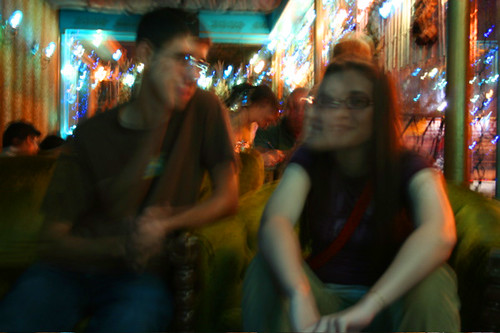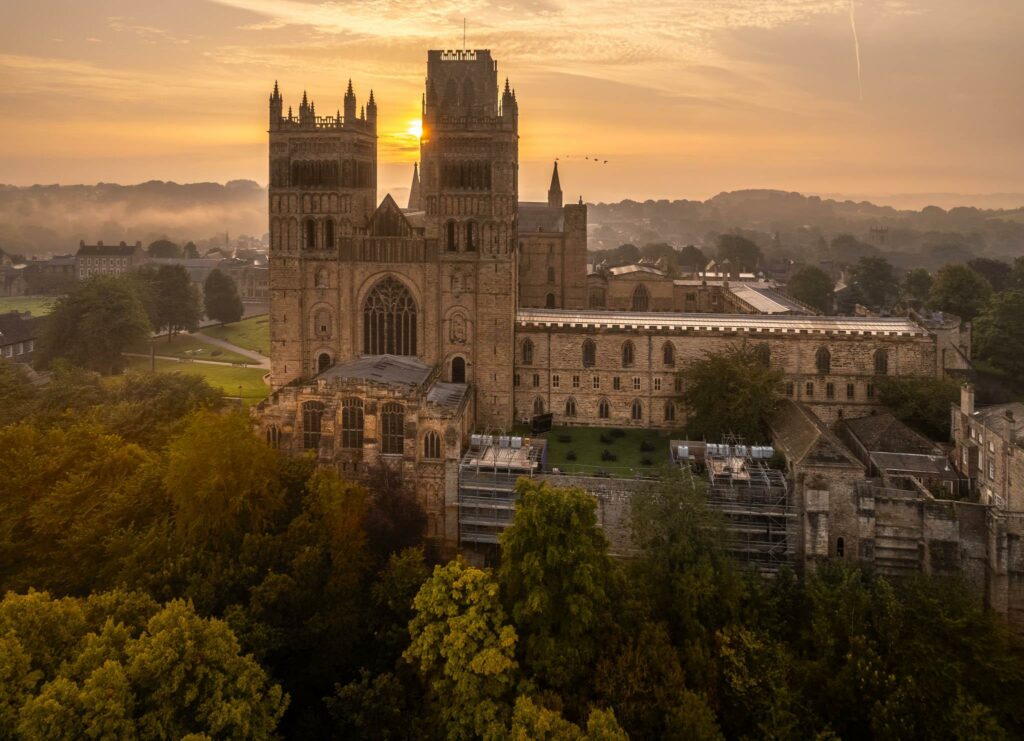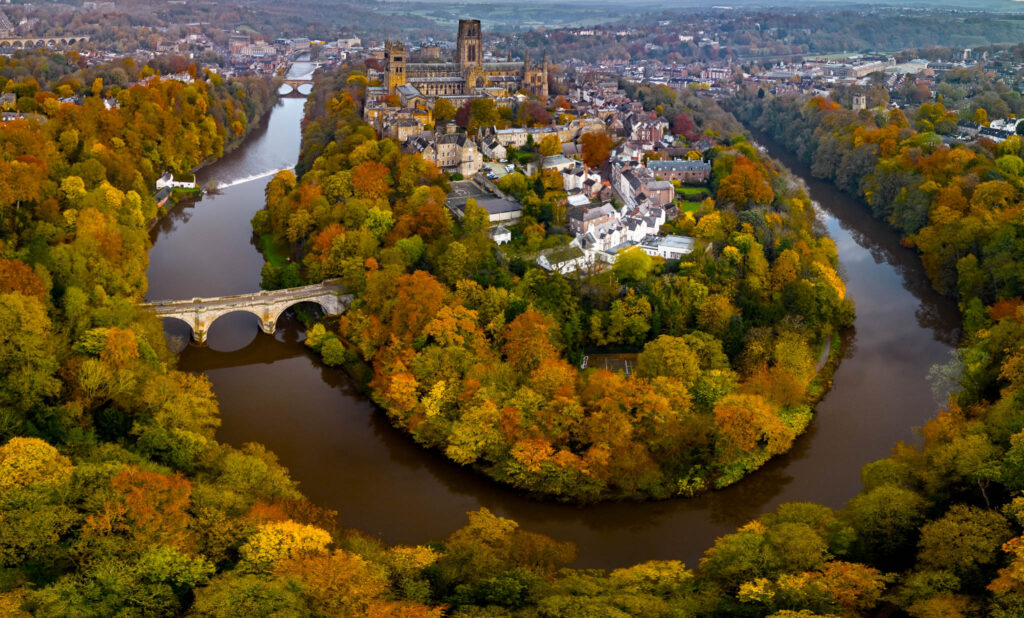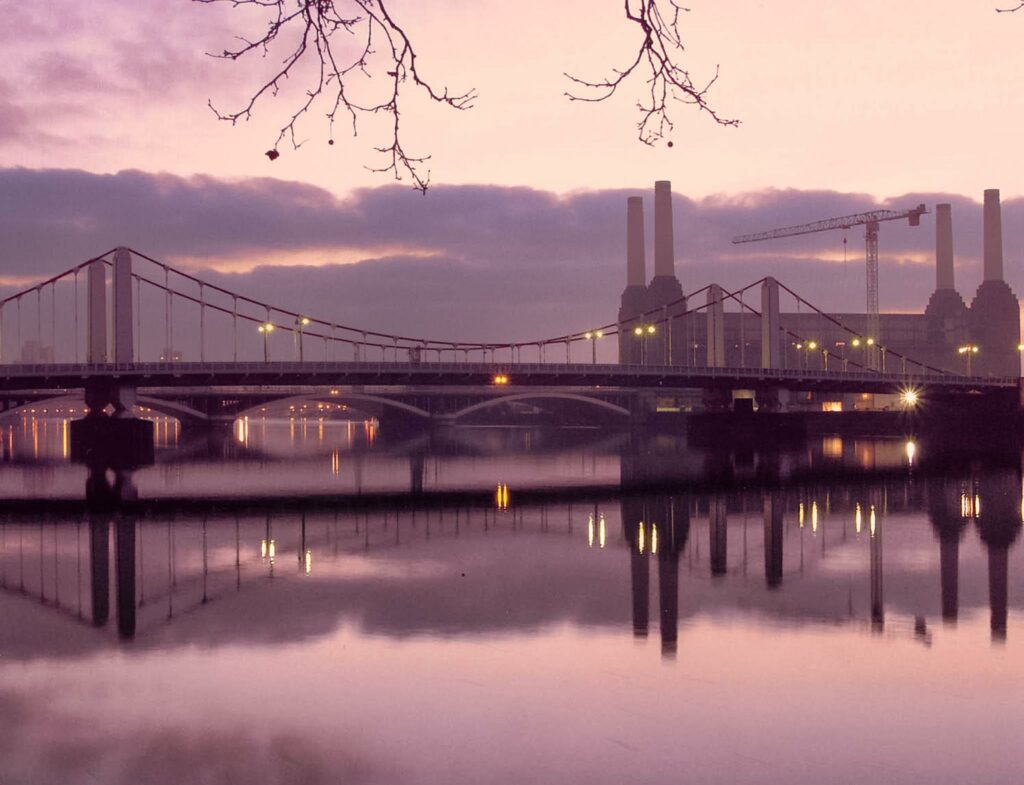Camera shake is the cause of many blurry photos and a frustration to new photographers. The photo can be perfectly framed, in focus, but still not sharp. At the core, the result of this is a shutter speed that's too slow. But when is a shutter speed too slow and how can you help avoid it?
The general rule of thumb to avoid camera shake is, your shutter speed must be as fast or faster than your focal length. Now, like most rules, there are exceptions, but this rule can generally be applied to any camera, DSLR or point and shoot, amateur or professional.
In the above photo the focal length is 33mm and the shutter speed was 3.2 seconds. This clearly shows camera shake, that is the photographer not able to hold perfectly still through the entire frame, and partly because the subjects moved. In order to avoid camera shake in the example above, a shutter speed of at least 1/50th would be needed.
There are two ways you can increase the shutter speed for any given shot in order to follow the general rule avoiding camera shake. the first is to open up your aperture setting more, thus letting in more light. The more light that comes in, the faster the shutter can open and close. The downside to this method is that it will effect your depth of field which may not be desired. The second alternative would be to increase the ISO of your camera. The higher the ISO the more sensitive the sensor is to light, the faster the shutter speed. While this won't have an effect on the depth of field it could have a negative effect on the digital noise, sometimes called grain, in your photograph.
When neither of these two options are possible, the last alternative would be to utilize a tripod. A tripod will only work though when the subject matter doesn't move so it's best suited for landscapes and architectural work.
The earlier mentioned exceptions to general rule of thumb for avoiding camera shake by using a shutter speed as fast or faster than your focal length is when blurring is a desired effect in the photograph. Using shutter priority mode, most commonly used by action photographers, is where the rule goes right out the window.
Photography is an art, with all art is interpretation, utilizing specific skills will make you far more efficient and take the frustration out of learning the art of photography.







6 Comments
#1 reason I bought a $300 tripod and ballhead setup! 🙂
My Minolta cameras have been passively and actively reducing shake since the early 1970s — I’d forgotten others might still be having these ancient “problems”!
1971 Minolta HiMatic E with in-viewfinder slow shutter speed warning and automatic flash on demand
1983 Minolta X-700 added auto program exposure avoiding slow shutter speed
1993 Minolta si-series added automatic “fuzzy logic” using information from focal length, focus distance, subject movement, and camera movement to select an appropriate shutter speed to prevent blur
2003 Minolta DiMage A1 added sensor-based anti-shake
Only From The Mind Of Minolta!
… now Sony Alpha.
Click!
Love and hugs,
Peter Blaise Photography
auto iso on the canon work on the focal length to speed ratio…
Earlier: “… your shutter speed must be as fast or faster than your focal length …”
No, try this:
To prevent capturing camera shake while hand holding, try using a maximum shutter speed in seconds that is the inverse of your focal length in millimeters, such that a 33mm lens suggests a 1/33-second maximum shutter speed, note that subject movement and other causes of blur are not taken into account here.
Other examples:
50mm = 1/50s
250mm = 1/250s
300mm = 1/300s
… and so on.
This is an old myth and fallacy, complicated by:
— the photographer’s heartbeat pumping the muscles in the arm to shake the camera, any shutter speed 1/15th-to-1/10th of a second or longer may capture that shake regardless of focal length.
— mirror slap during exposure regardless of focal length, hence using a mirrorless rangefinder camera (example, 1971 Minolta HiMatic E film camera), or other mirrorless camera (example, viewfinder-based compact film or digital camera), or new Sony Alpha SLT non-moving mirror camera may reduce capturing shake due to camera mechanism vibrations — a tripod is no help here, by the way, regardless of $300 or $3,000 investment.
— subject movement, of course, may cause image blur regardless of focal length or shutter speed.
Don’t forget there are gyroscopes available to stabilize a camera during hand holding — tripods are not the only avenue of support:
https://www.ken-lab.com/
Regardless, image blur due to movement of subject or camera are not inherently “bad” unless the photographer or the ultimate audience prefers or expects a non-blurred image, otherwise, it’s all just part of the controls we photographers use to tell a story, and blur is a great tool for telling a “movement” story.
Don’t avoid capturing movement, instead, learn to capture movement intentionally and appropriately for our own photographic storytelling purposes.
Click!
Love and hugs,
Peter Blaise Photography
Back in the film days the rule was always nothing below 1/60th without a tripod. The reason being that the average human heart beat will be picked up below 1/60th. And even then, you have a tripod, how about your human or animal subjects – what’s stopping them from moving? The focal length rule is useless when it allows for 1/30th.
Flash IS an option. Just know it’s limitations….